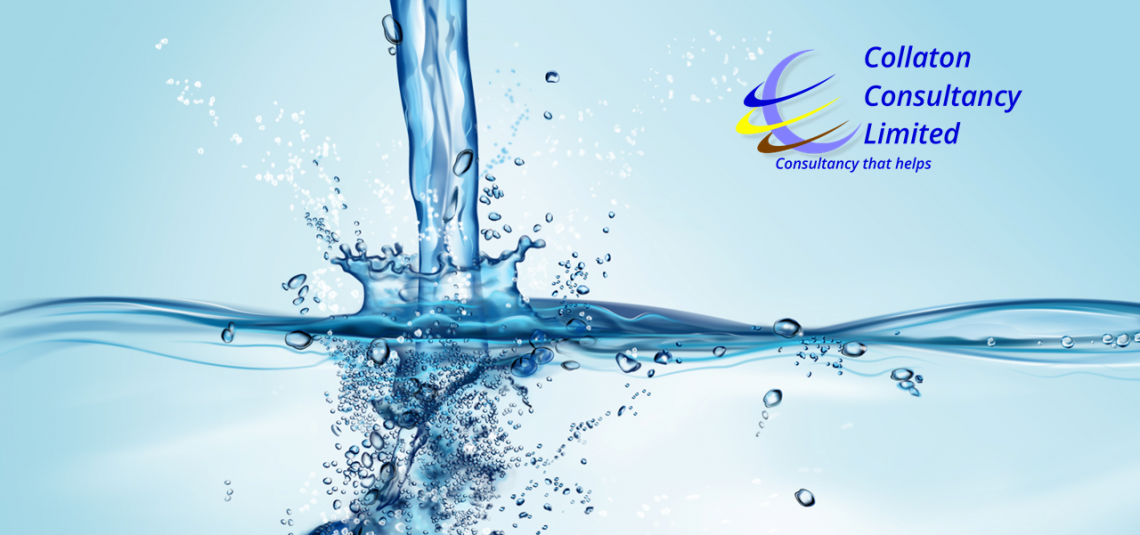UK law and guidance recommends taking Legionella samples under numerous circumstances but what options are open to you for sampling.
The “gold standard” is sending a sample away to a laboratory accredited by UKAS. However, there are drawbacks to this method, not least that the sample on arriving at the lab no longer represents the site conditions and it can take up to 14 days to obtain a result. The advantage of culture is it detects viable and culturable bacteria. This methodology is prone to both technical and sample-specific issues that can negatively impact accuracy. It as been shown in the USA that labs underestimated actual Legionella concentrations by an average of 17-fold and values differed between labs by an average 6-fold and a significant false negative rate.
Waiting 14 days may be acceptable if there are no cases of Legionnaires’ disease however should there be a reason then 14 days is too long and other methods are required.
In contrast, traditional qPCR is significantly more sensitive than culture, but is thought that this is due to the detection of dead cells, extracellular DNA, and viable but non-culturable cells (VBNCs).
Currently, both culture and qPCR are performed in a centralized laboratory in an off-site location. The time delay between sample collection and sample processing (typically 24h) is due to shipping to the laboratory. The effects of shipping on Legionella counts can lead to degradation or growth. Therefore, on-site qPCR that enables simple and robust quantification of Legionella in the field may be useful to overcome the shipping effect.
Other on-site methods are available and the UK’s Water Management Society has produced a series of documents outlining their pro’s and con’s.
Spartan Bioscience has commercialised the first on-site qPCR detection system for quantifying L. pneumophila in water samples that takes only 45 minutes to obtain a result on-site.
The on-site qPCR detection system was evaluated against laboratory culture and laboratory qPCR across 53 cooling towers in a 12-week in-field study in Canada (collaboration with PSPC; Public Services & Procurement Canada).
In the HVAC cooling towers monitored in this study, it was found that on-site qPCR was more sensitive and detected more positive towers than culture. Furthermore, the concordance between on-site qPCR and culture was significantly higher than that observed between laboratory qPCR and culture. However, the degree of concordance was both laboratory- and tower-dependent.
Comparable results between positive on-site qPCR and culture suggested that Spartan’s on-site qPCR detection system is not prone to over-quantification due to the presence dead bacteria or free DNA as is attributed to traditional qPCR.
Additionally, it was demonstrated that the shipping time delay had a significant impact on Legionella counts in HVAC water samples regardless of methodology. Overall, this study demonstrated that on-site qPCR was a more reliable and rapid method of Legionella quantification compared to culture.
It is clear therefore that when the next re-write of ACOP L8 and/or HSG274 occurs then it will be important to consider and ideally include on-site testing methods.
If you want to discuss the application of the information above to your systems then contact Collaton Consultancy via: general@collatonconsultancy.com or phone on +44 (0)7958 124563.
Collaton Consultancy Limited are expert Legionella consultants working for both water treatment companies and end users alike, Expert Witness services are also offered should a legal case arise. If you have any specific issues relating to the above you would like help with then contact Collaton Consultancy Limited



